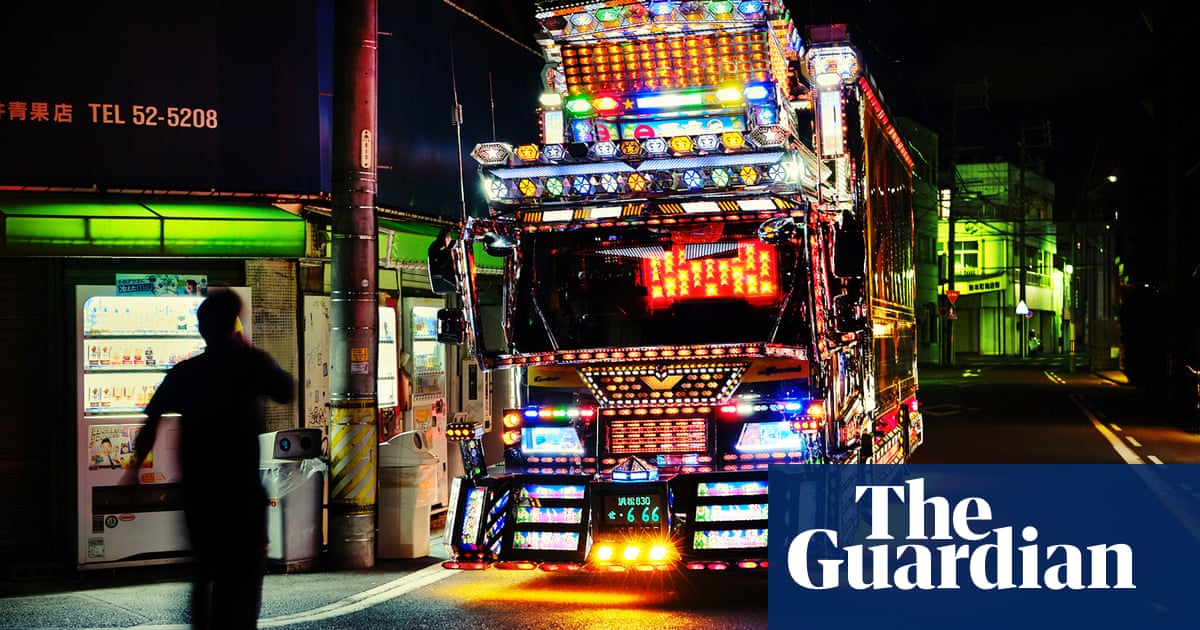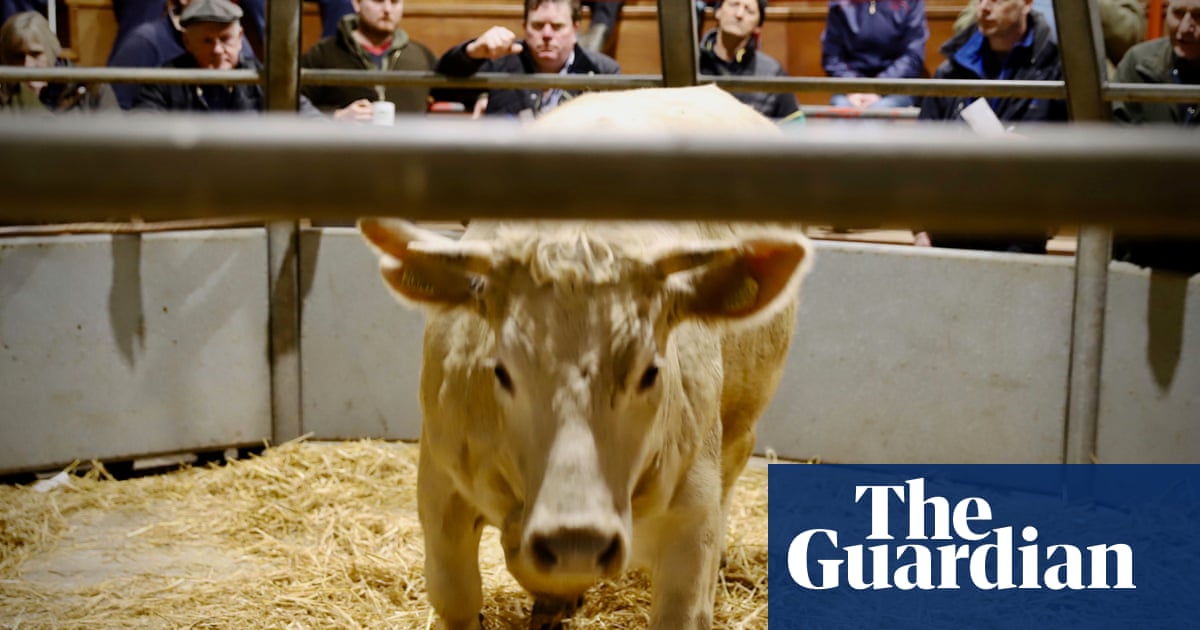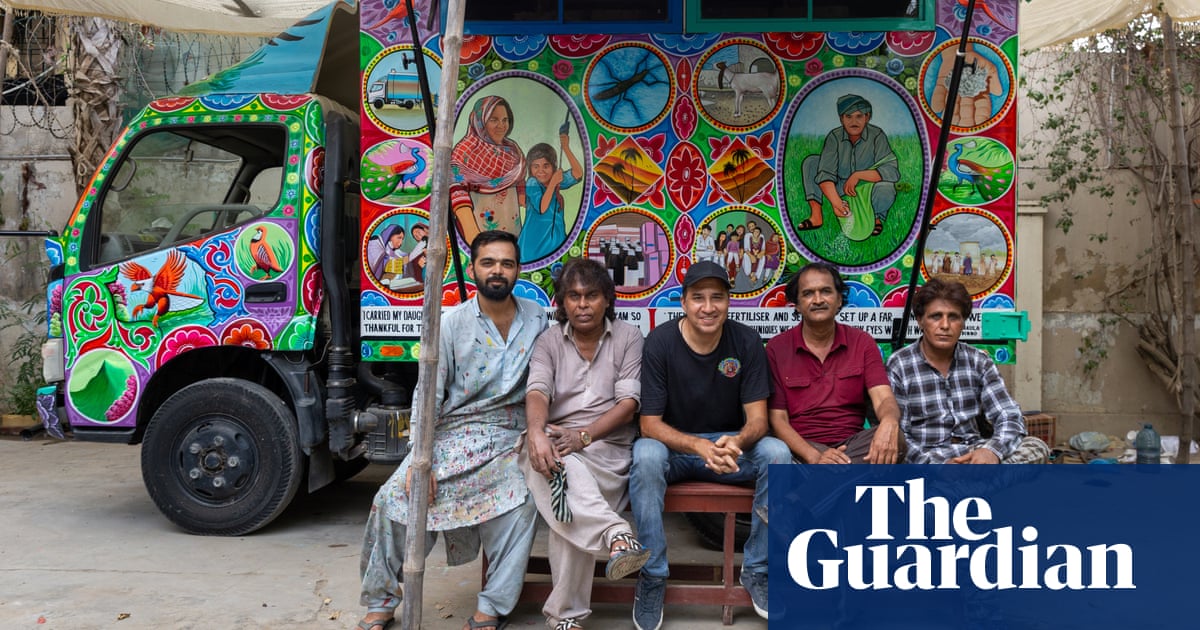
There is often a distorted image built in people’s minds because the reality is unknown. For that reason, I have been documenting a number of subcultures, often feared or misunderstood. I like misfits, outcasts, those who don’t follow the norms.
Recently I have been following an alternative culture in Japan called Dekotora. I started this project when I was living in Japan in 2015 and went back in 2019 to continue. Dekotora has a duality of attraction and repulsion: attraction, as it revolves around heavily decorated trucks full of colours and lights; repulsion, as people don’t know much about it, besides the visual aspect, and the truckers tend to have a “bad boy” reputation.
Dekotora stands for “dekoreshon torakku” which is the Japanese version of “decorated truck”. This culture started in the 70s. Initially, trucks were painted for advertising purposes: for example, a truck selling fish from Hokkaido would have a traditional painting showing so.
Today, because of the regulations forbidding such decorations and the bad image it could give, only a few small businesses, such as fish or flower delivery, use those trucks for work. I mainly spent my time with the group Utamarokai, the largest, oldest and only group to have chapters all around Japan.
The president, Tajima san, owns a very famous truck: Ichiban Boshi (first star) which starred in a series of films called “Torakku Yarō” (Truck Dude), with celebrity actor Bunta Sugawara. The 10 movies made this culture quite popular.
Tajima owns a dump truck company in Saitama and puts a lot of energy organising charity Dekotora events all over the country. He would like to change the image of the drivers, as well as encourage them to help others. Most of the charity events are related to the tsunami victims’ relief. As he accepts many outcasts in his club, he gives them a second chance to be part of society.
You can find Dekotora today in music videos, video games or coffee or tofu commercials. Although this subculture is a closed world, they regularly have public events where they proudly show their creations. A lot of them are for charity, such as relief for 2011 earthquake victims, still in very precarious situations.
The price of decorations can be quite high depending on the quality. It is a very long term investment and a progressive evolution. Some spend the equivalent of the price of a house.
With this project, I want to reflect the aesthetic, the mood and the essence of the Dekotora community. They are extremely proud and warm people, with a very traditional lifestyle. I find particularly interesting the contrast between the truckers’ world, often raw and hard, and the poetry and nostalgia linked to the Dekotora scene.
It’s a real journey into the sphere of dreams and ancient Japan:
A man’s journey is lonely
The path of the woman is that of the return
Either way, that’s not a path I would take
To flirt and we are at the crossroads
Ah ah
Ichiban Boshi, you look at my heart from the sky I was born on impulse I lived on impulse
What is behind these words
The mechanism of the heart, a trap
Ah ah
When the first star appears in the sky (Ichiban Boshi), my heart is restless
When I was a kid I could make wishes
A habit that I have lost
Today, I rather scrutinise the end
How fleeting stars are!
Ah ah
My heart cools down as soon as the first star appears
Ichiban Boshi burus (Ichiban Boshi’s blues) – song from the film series Torakku Yaro – Ichiban Boshi is the name of the main truck in the movie series and means “First Star”
Moreover, this work archives a part of Japanese culture that will one day disappear. Within four years, I already noticed a drastic change and the community getting much smaller.












